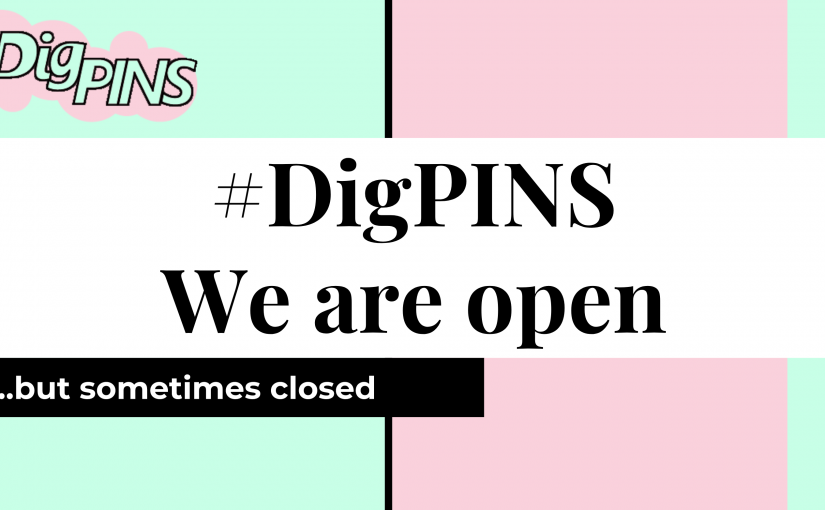-

In Defense of “Banning” ChatGPT
The current big news on ChatGPT is around the decisions by K-12 school districts to pause, think, push back and sometimes “ban” ChatGPT. I’ve mostly…
-

Is it possible to ban remote proctoring?
This post is co-authored and jointly published with Sarah Silverman ~~ The harms of remote proctoring have been so extensively documented that some educational institutions…
-
 Digital Citizenship Digital Environments Digital Identity Digital Networks Digital Pedagogy Digital Scholarship DigPINS Open Education Rhizomatic Learning
Digital Citizenship Digital Environments Digital Identity Digital Networks Digital Pedagogy Digital Scholarship DigPINS Open Education Rhizomatic Learning#OpenEd18 Lightning Talk: #DigPINS, We are Open … But sometimes closed
I’ve made it to Open Ed 2018 and I’m excited to present a lightning talk on Friday at 3:30 – 3:45 with Sundi Richard and…
-
 Digital Citizenship Digital Identity Digital Pedagogy Digital Scholarship Domain of One’s Own Open Web Privacy
Digital Citizenship Digital Identity Digital Pedagogy Digital Scholarship Domain of One’s Own Open Web PrivacyDesigning for Privacy with DoOO: Reflections after DPL
The thinking for this post comes on the tail end of Digital Pedagogy Lab (DPL) where, despite not being enrolled in any of the data…
-

ELI Poster Presentation: DigPINS – A participatory faculty development experience
I’m excited to be presenting a poster at ELI2018 with Sundi Richard on DigPINS – a participatory faculty development experience. Sundi designed DigPINS around the…